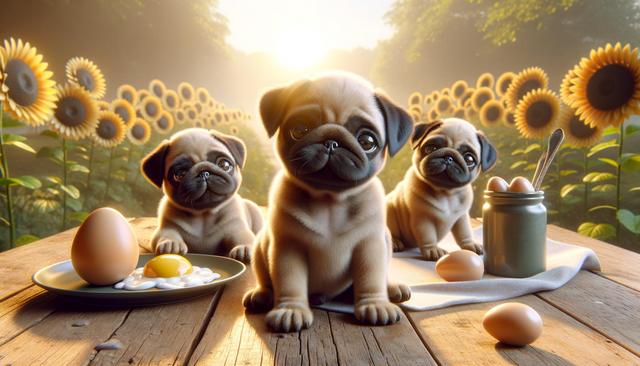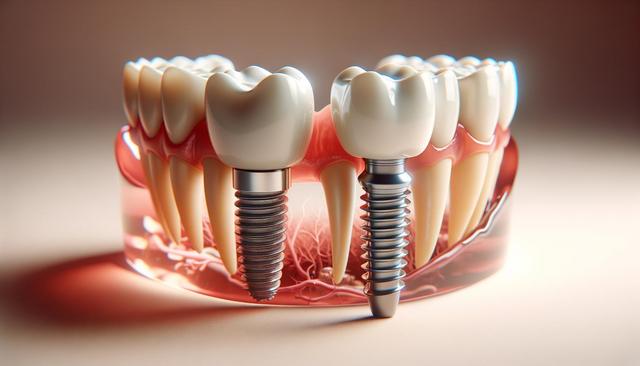Understanding the Pug Puppy Personality
Pug puppies are often described as charming, playful, and loving. Despite their small size, they have big personalities that make them a joy to be around. These dogs are incredibly sociable and enjoy being the center of attention. Whether you live alone or have a large family, pug puppies adapt well to various home environments thanks to their even temperament.
They are known for their expressive faces, often giving the impression of understanding human emotions. This makes them particularly endearing to their owners. Pugs are generally not aggressive and tend to get along well with children and other pets, making them a suitable addition to most households.
Key personality traits include:
- Affectionate and loyal
- Playful but not overly energetic
- Generally well-behaved with training
- Low tendency to bark excessively
However, it’s important to understand that their strong attachment to people means they don’t do well when left alone for long periods. This breed thrives on companionship and attention, which is something potential owners should be prepared to provide.
Daily Care and Grooming Needs
Pug puppies have a short, smooth coat that is relatively easy to maintain, but they do shed more than many people expect. Regular grooming helps keep their coat clean and reduces shedding. Brushing them a few times a week with a soft-bristle brush is typically sufficient.
Due to their facial folds, special attention must be given to cleaning these areas to prevent infections. Moisture and debris can accumulate in their wrinkles, so wiping their face daily with a damp cloth can help maintain skin health.
Here are some basic grooming needs to consider:
- Brushing 2–3 times per week
- Cleaning facial folds daily
- Regular nail trimming
- Ear cleaning to prevent wax buildup
Bathing should be done as needed, usually once every few weeks. Use a gentle dog shampoo that won’t irritate their sensitive skin. Always dry them thoroughly, especially around the folds and ears, to prevent moisture-related issues.
Training and Socialization Tips
Training pug puppies can be a rewarding experience, particularly because they tend to be eager to please their owners. However, they can also be a bit stubborn, so it’s important to approach training with patience and consistency. Positive reinforcement methods work best with this breed. Treats, praise, and playtime are effective motivators.
Early socialization is key to ensuring your pug grows into a well-adjusted adult dog. Introducing them to new people, pets, and environments during the first few months of life helps reduce anxiety and builds confidence.
Focus areas for training include:
- Basic commands like sit, stay, and come
- House training and crate training
- Leash walking and social manners
Enrolling your pug puppy in a puppy kindergarten class can be a great way to kickstart their training and provide structured socialization opportunities. These classes also offer owners valuable guidance on how to handle common puppy behaviors.
Health Considerations for Pug Puppies
While pug puppies bring a lot of joy, they also come with some unique health considerations. Their short snouts make them prone to brachycephalic syndrome, which can cause breathing difficulties. It’s important to avoid overexertion and to keep them cool in hot weather.
Pugs are also susceptible to eye problems due to their prominent eyes. Regular checkups with a veterinarian can help catch any issues early. Additionally, maintaining a healthy weight is crucial, as pugs are prone to obesity, which can exacerbate other health conditions.
Common health risks include:
- Respiratory issues
- Eye injuries or infections
- Skin infections in facial folds
- Joint problems, especially hip dysplasia
A balanced diet, regular exercise, and routine veterinary care can go a long way in supporting your pug puppy’s health. Be proactive about preventative care, including vaccinations and parasite control, to ensure a long and happy life.
Creating a Comfortable Home Environment
Providing a safe and comfortable environment for your pug puppy is essential to their well-being. Because of their small size and sensitivity to extreme temperatures, pugs are best suited for indoor living. Make sure your home is puppy-proofed to prevent accidents and injuries.
Pugs enjoy soft bedding and cozy spots where they can relax. Interactive toys and chew items can help keep them mentally stimulated and entertained. They don’t require large yards or intense physical activity, but they do enjoy short, supervised walks and indoor play sessions.
Key elements of a pug-friendly home include:
- Temperature control to avoid overheating
- Safe, chew-proof spaces
- Comfortable bedding and rest areas
- Stimulation through toys and interaction
Finally, spending quality time with your pug puppy each day helps to build a strong bond and ensures they remain happy and emotionally healthy. Whether it’s playtime, short walks, or simply cuddling on the couch, this breed thrives on human connection.




Leave a Reply